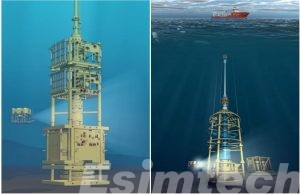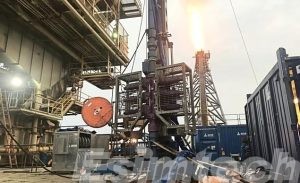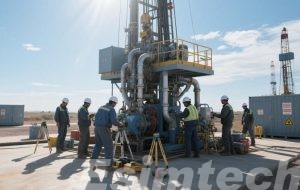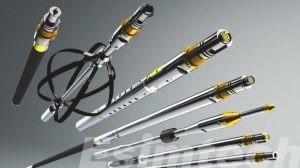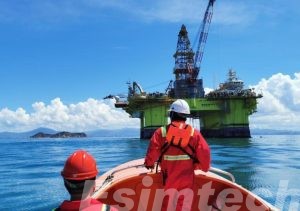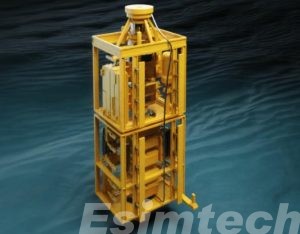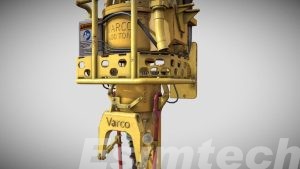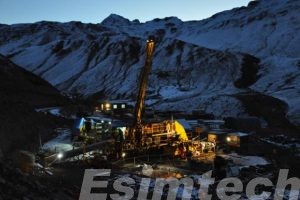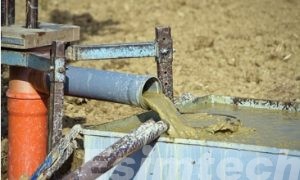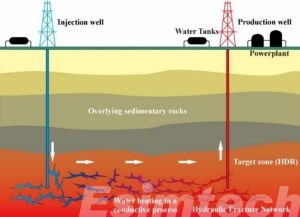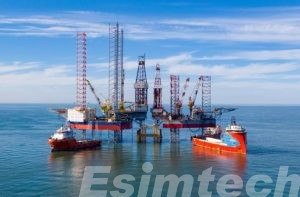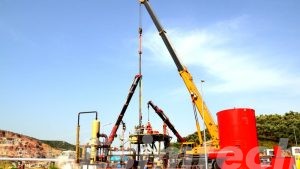Hydraulic Workover Units vs. Snubbing Units: Selecting the Right Solution for Well Intervention
In the oil and gas industry, ensuring the highest level of production is often a matter of intervention in existing wells. The two most frequently employed technologies for well intervention are hydraulic workover units and…
Combining Coiled Tubing and Snubbing for Enhancing Well Intervention Efficiency
In the constantly evolving field of oil and gas well intervention, the combined use of coiled tubing and snubbing has emerged as an effective and versatile method to tackle the most difficult downhole challenges. Through using the…
What Is Balanced Drilling? Key Principles and Benefits
In oil and gas exploration, the way a well is drilled can make or break the project, affecting everything from speed and safety to the final cost. Balanced drilling has…
The Most Common Wireline Logging Tools and Their Uses
Wireline logging is a must-have step in oil and gas projects. It sends special tools down a borehole to collect clear data about rock layers, show where hydrocarbons sit, and help…
New Designs for Enhancing Crew Safety on Offshore Rigs
Offshore oil and gas exploration is one of the most dangerous working conditions in the world, and the crew safety on offshore rigs has become of paramount matter of concern. To meet the growing regulatory…
Explaining the Function and Importance of Subsea BOPs in Offshore Drilling
The prevention of blowouts during offshore drilling operations is both multifaceted and extremely difficult. As with any drill activity, there are safety protocols in place to avoid unfortunate accidents, but they…
How to Optimize Top Drive Systems
Top drive systems are the foundation of modern rotary drilling, providing improved control, greater flexibility and more safety when compared with traditional rotary table systems. In the current oil and gas industry, which moves into…
What is Slimhole Drilling
Although conventional oil and gas drilling methods remain prevalent, slimhole drilling is gaining traction due to its cost-reduction benefits. As new unconventional reservoirs are being explored these days, as well as…
Drilling Fluid Engineering for HTHP Wells
Drilling high-temperature and high-pressure (HTHP) wells comes with an array of unique technical challenges that require innovative engineering solutions. Among these, the design and management of the drilling fluids is one of the…
Innovations in Hydraulic Fracturing for Tight Oil and Shale Gas
Hydraulic fracturing is commonly referred to as fracking, has changed the global energy landscape through the ability to extract tight oil and shale gas resources previously thought to be uneconomic to extract. By improving the permeability…
How Offshore Well Completion Technologies Are Reducing Operational Costs
Completion marks the last major step in bringing an offshore well online; it is the moment the borehole is fitted for the actual recovery of oil or gas. Because crews…
Common Reasons for Performing Workover Operations
Workover operations sit at the heart of every oil and gas well’s life. They give crews a chance to fix trouble spots and keep output flowing. Tubing swaps, cleanouts, gear upgrades-…

